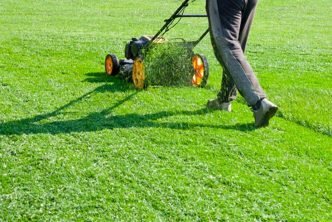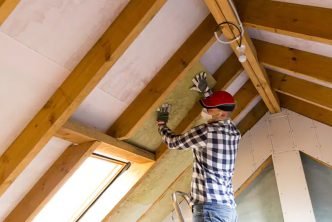Water damage in your home can be a source of stress and worry. This damage can occur for various reasons, such as leaking pipes, overflowing toilets, natural disasters, or flooding.
The consequences of this happening include structural damage, mold growth, and potential health hazards. It is, therefore, important to immediately take the necessary measures when you first notice a leakage or water damage in your household.
This blog provides you with eight essential steps that you should take when dealing with this problem.
Table of Contents
Your Safety Is Your First Priority
First, you must prioritize your safety and ensure that you’ve turned off the source of the water. If it’s flooding, turn off the electricity to avoid electrocution, and if the water is coming from a leak, turn off the water supply.
Take all necessary precautions to ensure your safety before tackling this inconvenient situation.
Make Sure To Document The Damage
One of the first steps you need to take is to document the damage as soon as possible. Take photos and videos of the affected areas to help with insurance claims and for references when cleaning up.
This will come in handy when you need to file a claim and for use when hiring repair professionals.
Evaluate The Situation
Evaluate the extent of the damage and determine whether it’s safe to do the cleanup yourself or if you need to call in professionals.
If the damage is extensive, it’s best to consult an expert. Attempting to clean up severe water damage can be harmful and may lead to more extensive problems, such as mold growth.
Remove The Standing Water
Remove the standing water from your home using a wet/dry vacuum or a sump pump. Don’t use your regular vacuum, as it’s not designed for water removal.
If the water is too deep, consider hiring professionals to assist in the cleanup. Avoid using electrical appliances in wet areas, as it can be dangerous.
You Need To Dry The Area That Is Affected
After removing the standing water, you need to dry the affected area—open windows to allow natural airflow and use fans to promote air circulation.
It can be hazardous when water seeps into the walls of your home, and you must dry the dampness in the affected area.
You may need a dehumidifier to remove excess moisture if the damage is severe. Proper drying is essential in preventing mold growth within your environment.
Clean Up And Disinfect
You must take action and get the area cleared up. Disinfect and clean the affected area thoroughly. Withstanding water causes bacteria and mold growth, which can harm your health.
Use a disinfectant solution to clean areas exposed to water and sanitize all surfaces. When cleaning up mold, it’s best to call a professional to ensure complete mold removal.
The Repairing Process
Consult with a professional restoration and repair company to assess the damage and develop a plan of action.
Once they have evaluated the extent of the damage, they can provide you with an estimate for the repairs needed. You’ll want to hire experienced professionals who use the latest equipment and techniques.
Put Preventative Measures In Place
Once you’ve resolved the water damage problem, you must take preventative measures to ensure such situations don’t happen again.
One way to do this is by annual inspection of your plumbing and electrical systems.
You can install flood alarms, fix leaks promptly, and ensure your gutters and downspouts work effectively.
Closing Thoughts
In conclusion, we can all agree that experiencing this situation is a problem that can’t be ignored. When it happens, it’s crucial to take swift action to limit the damage and prevent mold growth.
Following the guidelines in this blog post will help you deal with water damage effectively and efficiently. You can save your property from serious injury by promptly reporting damage, removing standing water, and drying the affected area.
You must always prioritize your safety and call on professionals when necessary. Remember that mold removal requires professional help, which can be hazardous to your health.
With these guidelines, you can protect your household from this happening again and maintain a safe living space for you and your family.





